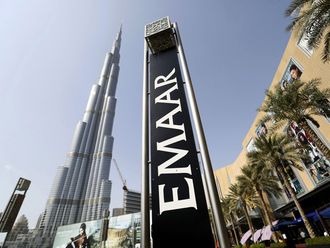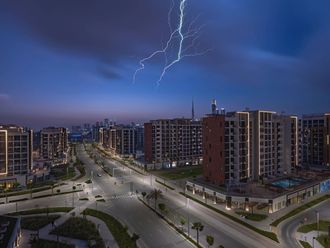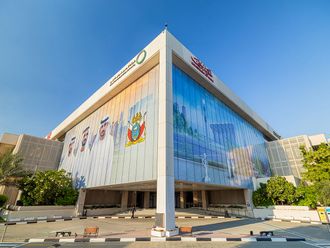Dubai: For the UAE and Gulf based developers, it is starting to make sense to pitch new projects outside of their home markets. A new global survey issued by CBRE Group on Thursday estimates that Middle East investors should channel $15 billion a year into overseas real estate assets, with London retaining its status as a firm favourite.
Last year, these buyers pumped in $14 billion on their overseas investment foray.
The US property market is also re-emerging as a favoured destination for these buyers, the report notes. The substantial fund outflow could also reflect the relative weakness in realty investment options within the Gulf itself.
The UAE-based developers are duly taking note — Damac last week unveiled its first project in London on a plot acquired in April. There has been speculation that another Dubai based master-developer — or key shareholder — might soon be taking the same route. Qatari funds have already done so, but primarily by way of acquiring stakes in existing assets.
Middle Eastern investors are becoming more active across a wider range of sectors. This is clearly evident in the US where, historically, these investors have bought office buildings and trophy hotels in New York, Los Angeles and other gateway markets. Competition from Chinese investors and other global capital sources means that these investors are increasingly seeking alternatives, such as Abu Dhabi Investment Authority’s earlier in the year acquired a 14.2 million square feet industrial portfolio for $725 million.
But individual investors are just as active and will get more so. “We see London as one of the most sustainable real estate markets in the world, with reports pointing to solid year-on-year price growth of around 8 per cent,” said Niall McLoughlin, Senior Vice-President at Damac. “Analysts expect house price inflation in the region of 5-7 per cent in the coming years.”
The project — Aykon Nine Elms — lays claim to be London’s first ‘fashion-branded property’, and is being developed in collaboration with Versace Home. McLoughlin insists that the launch is not necessarily targeted only at the Arab investor — “We have received many expressions of interest from our UK customer base as well as our international buyers for a luxury living experience in London. Other customers come from other key geographies — Hong Kong, Singapore and China.”
In the CBRE findings, Qatar — led by its sovereign funds — picked up $4.9 billion worth of overseas property interests last year, followed by Saudi Arabia, with $2.3 billion. Interestingly, Saudi Arabia’s exposure was minimal in 2013.
According to Nick Maclean, Managing Director of CBRE Middle East, said, “The Middle East will remain one of the most important sources of cross-regional capital in the global real estate market.
“The weakening of oil prices is likely to lead to the sovereign wealth funds reducing their total spend … but we see strong growth in overseas investment from families and other institutions, in many cases, for the first time.”
According to CBRE, weaker oil prices are now a ‘strong contributing factor’ to the growth of non-institutional investments from the Middle East, ‘triggering and accelerating global deployment of capital, with value-add investments in high demand’.
The property consultancy forecasts that non-institutional capital from the Middle East into global real estate could be in the range of $6 billion to $7 billion per annum in the near-term. It used to be around $5 billion between 2010-13.
Chris Ludeman, Global President, CBRE Capital Markets, said: “In particular, we expect the Americas region to see more capital flows from the Middle East, with Europe less dominant than it has been over the last five years.
“The most immediate change will bring down the average lot size, as non-institutional investors tend to target assets at circa $50 million.”












